Premium Only Content
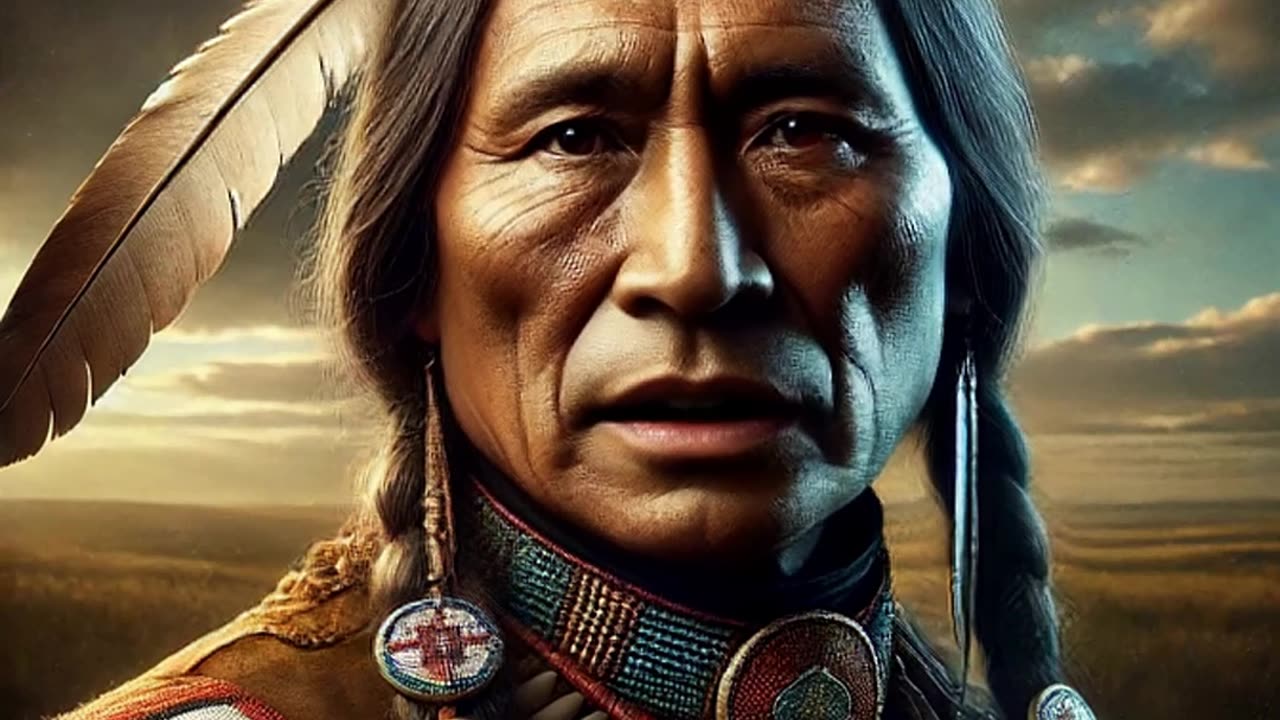
American Horse, the Elder, Tells His Story to Taking on the U.S. Government in War to Protect...
Presented to you by: http://www.HistoricalConquest.com
Read more on our blog at: https://www.historicalconquest.com/blog
My name is American Horse, and I was a war leader of the Oglala Lakota. My life was dedicated to protecting my people, our lands, and our way of life from those who sought to take them from us. I stood alongside great warriors like Crazy Horse and Sitting Bull, and though my life was cut short, I fought with honor until the very end. Let me tell you my story.
I was born around 1830, at a time when my people lived freely on the Great Plains. We followed the buffalo, moved with the seasons, and lived in harmony with the land. My father, Smoke, was a respected Oglala Lakota chief, and he taught me the ways of our ancestors—the skills of hunting, riding, and, when necessary, fighting to defend our people.
As I grew older, the world around us began to change. The United States government made treaties with our people, promising to respect our lands, but they did not keep their word. More soldiers came, more settlers pushed west, and our way of life was threatened. I knew that we could not simply stand by and watch as everything we knew was taken from us.
I became a war leader, standing alongside Crazy Horse and other Lakota warriors in battle. In 1866, we fought in Red Cloud’s War, a successful campaign to drive U.S. soldiers out of our lands. We won that fight, and the government signed the Treaty of Fort Laramie in 1868, agreeing that the Black Hills belonged to us. But just a few years later, gold was discovered in the Black Hills, and the U.S. government broke its promise. Soldiers returned, and war came again.
In 1876, the Lakota, Cheyenne, and Arapaho came together to resist the U.S. Army’s efforts to force us onto reservations. On June 25, we won a great victory at the Battle of the Little Bighorn, where we defeated General Custer and his men. It was a moment of triumph, but we knew that the U.S. Army would not stop coming.
Just a few months later, on September 9, 1876, I fought my final battle. It happened at Slim Buttes, where a U.S. Army force led by General Crook attacked a Lakota village. My warriors and I fought fiercely, trying to protect our people, but we were outnumbered. I was shot multiple times but refused to surrender. Even as I lay wounded, I continued to fight. The soldiers finally captured me, but I did not beg for mercy. I died a warrior, standing for my people.
Though my life ended that day, my people did not vanish. They endured. The Lakota still exist, our culture still lives, and our history is still told. If there is one thing I want you to remember, it is this: our way of life was not lost without a fight. We stood together, we resisted, and we left our mark on history. I was proud to be a warrior of the Lakota, and I hope my story is never forgotten. Thank you for listening.
Visit us at: https://www.historicalconquest.com/marketplace
#historicalconquest #history #historical #SecondIndependence #abolition #Freedom #Slavery #Liberty #Independence #Justice #Freedom #colonialera #colonialamerica #constitution #usconstitution #unitedstates #unitedstatesofamerica #texas #texashistory #texasindependenceday #texasrevolution #wildwest #Tombstone #Cowboys #CaliforniaHistory #California #IndianWars #Indian #NativeAmerican #Native
-
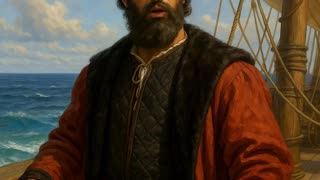 0:59
0:59
The Historical Conquest Channel
18 days agoVasco da Gama tells his story of being the first to sail around the Cape of Good Hope and reach Indi
221 -
 24:39
24:39
GritsGG
16 hours agoINSANE Ranked Game on Warzone!
26.7K3 -
 LIVE
LIVE
Lofi Girl
2 years agoSynthwave Radio 🌌 - beats to chill/game to
482 watching -
 5:52:00
5:52:00
Akademiks
12 hours agoWAR IN ATLANTA Episode 5. YOUNG THUG FIRST INTERVIEW about SNITCHING, GUNNA... BREAKS DOWN CRYING!
170K9 -
 7:30:25
7:30:25
SpartakusLIVE
16 hours agoVerdansk Duos w/ Nicky || Saturday Spartoons - Variety Later?!
66.4K1 -
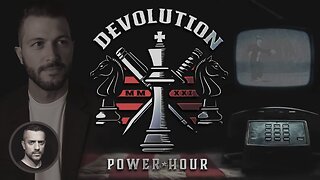 1:38:47
1:38:47
Badlands Media
1 day agoDevolution Power Hour Ep. 387: Trump, Epstein, Durham Mysteries, and North Korea Ops
110K30 -
 1:05:23
1:05:23
Man in America
19 hours agoSoaring Gold Exposes the Imminent Crash of the Old System w/ John Perez
67K22 -
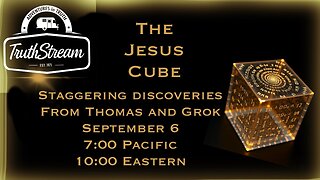 2:42:40
2:42:40
TruthStream with Joe and Scott
19 hours agoTHOMAS AND GROK: AI, Bible decodes, The JESUS Cube live 9/6 #487
54.7K12 -
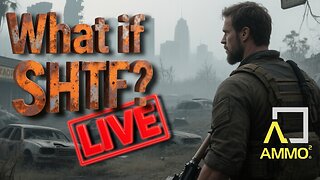 2:34:46
2:34:46
BlackDiamondGunsandGear
14 hours agoGet Prepped / After Hours Armory / LIVE SHOW /
35.6K3 -
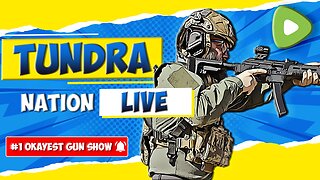 2:01:39
2:01:39
Tundra Tactical
13 hours ago $11.42 earned🛑LIVE NOW!! This spits in the face of the Second Amendment.🛑
41.5K8